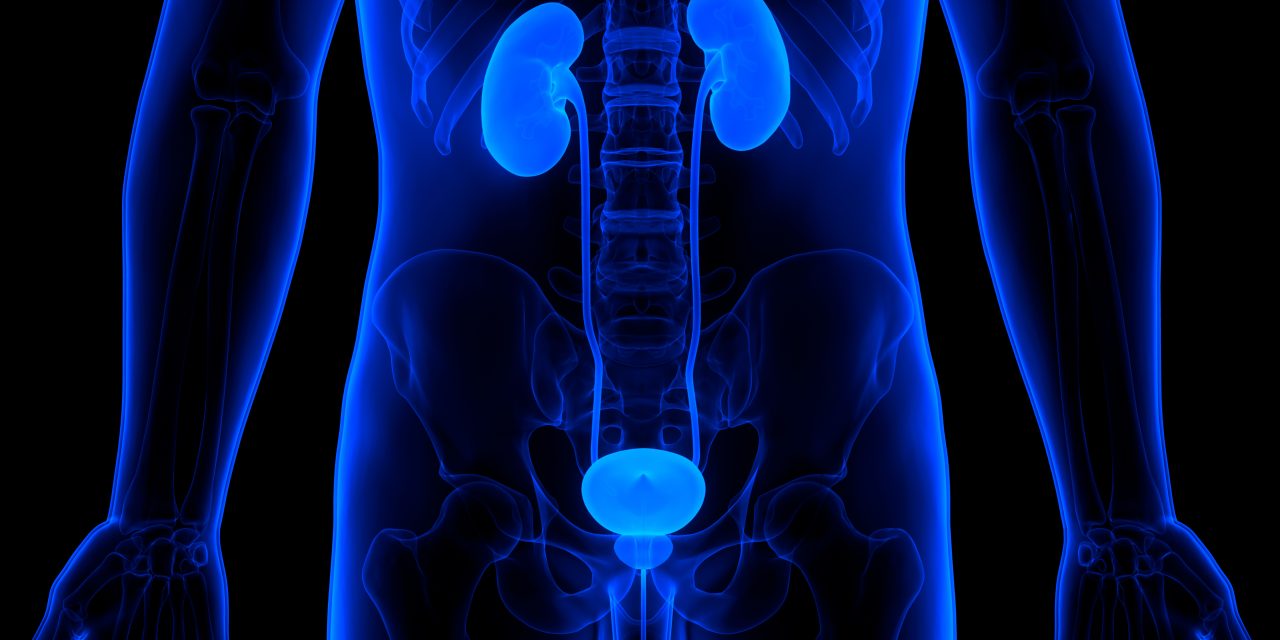The aim of this study is to examine Nephrolithiasis as a realized danger factor for ongoing kidney illness (CKD); nonetheless, it is obscure what CKD means for urinary boundaries identified with stone danger. The motivation behind this investigation was to survey the relationship of reducing glomerular filtration rate (GFR) and kidney stone-related 24-hour pee (24H pee) organization. The 24-hour pee (24H pee) test as a piece of a complete metabolic assessment is suggested in high-hazard kidney stone formers to recognize modifiable danger factors and possibly select mediations to diminish danger of future stone events.17 It is expected that tried people have adequate renal capacity to resorb and discharge analytes of interest. Nonetheless, there is a scarcity of information on how the 24H pee test ought to be deciphered among patients. A solitary foundation review survey of patients (n = 2057) who went through 24H pee investigation was performed. The serum creatinine inside 1 year of the main 24H pee was utilized to decide assessed GFR and separate patients by CKD stage. We performed examination of difference and multivariable straight relapse to evaluate the relationship of GFR and urinary analytes. Among all patients, there were 184 (8.9%), 1537 (74.7%), 245 (11.9%), 70 (3.4%), 17 (0.8%), and 4 (0.2%) in CKD stage I, II, IIIa, IIIb, IV, and V gatherings, individually. On examination of 24H pee creation, as CKD expanded, changes in urinary boundaries defensive against crystallization included diminished calcium and uric corrosive (UA) (P < 0.001).
Reference link- https://www.liebertpub.com/doi/10.1089/end.2020.0403


